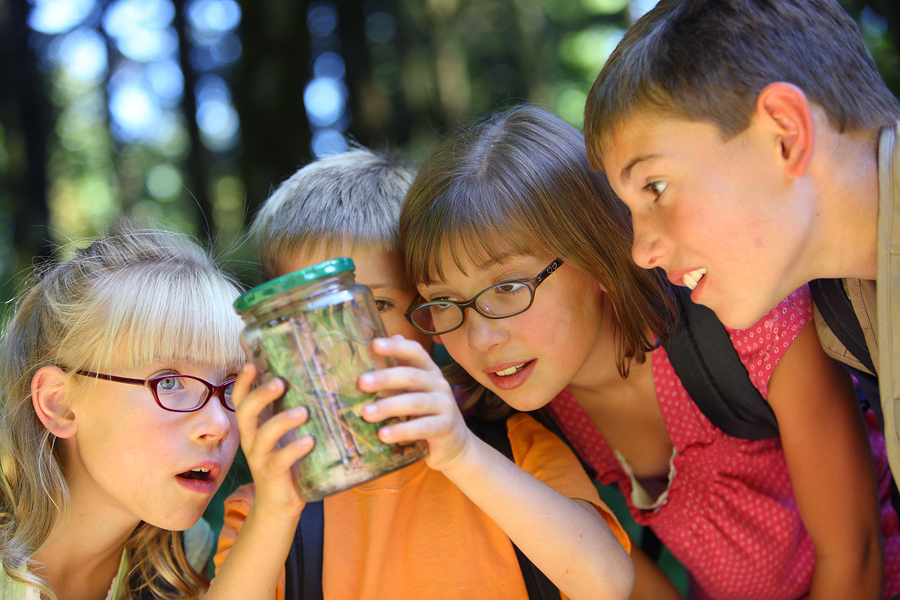Schools in Europe adopted programs that take place in forests where interaction with nature thrives and enriching educational experiences flourish.
Photo: Bigstock.com
We are used to conceiving learning only in classrooms; in spaces confined by walls where sometimes just a small window connects students with the real world. In this traditional education model, we try hard to innovate with technology to teach from a distance and to implement new instructional strategies to transmit educational content better. In both cases, students have poor physical activity and educational routines motivate little experimentation. For several years now, schools in Europe have adopted programs that take place in forests and environments where interaction with nature thrives and enriching educational experiences arise.
Forest Schools are educational activities carried out in natural environments that complement traditional programs. According to the Outdoor & Woodland Learning of Scotland, a forest school is a long-term program that takes place in the forest, usually once a week, in which children learn in an environment outdoors surrounded by nature.
Forest school teachers use learning and teaching strategies with the aim of developing confidence, emotional resilience, independence, language and communication skills, as well as increasing levels of physical activity and mental well-being.
According to a study by the British Forestry Commission, carried out for eight months together with forest leaders, teachers, parents and students, forest schools significantly improve the educational experience:
- Students generate more self-confidence; they express themselves physically and verbally with greater freedom.
- Students increase their social and cooperation skills.
- Children develop more sophisticated language skills thanks to their sensory experiences.
- Students show greater motivation and concentration while playing and learning.
- Children improve their motor skills.
- Students learn to respect the environment while they study flora and fauna.
- Teachers acquire a new perspective of their students in environments other than classrooms.
- Students get used to interacting with natural environments.
Latin American schools can adopt this type of outdoor education initiatives to enrich education and reduce childhood obesity. According to the Pan American Health Organization (OPS), 7.4% of children under five suffer from obesity in South America, 6% in Central America and 6.9% in the Caribbean.
Faced with the imminent impact of automation and technological transformations in human activities, it is worth developing skills that will be key in the future, safeguard nature and explore the scope and benefits that outdoor educational environments can provide.
This article from Observatory of the Institute for the Future of Education may be shared under the terms of the license CC BY-NC-SA 4.0 
)
)


)